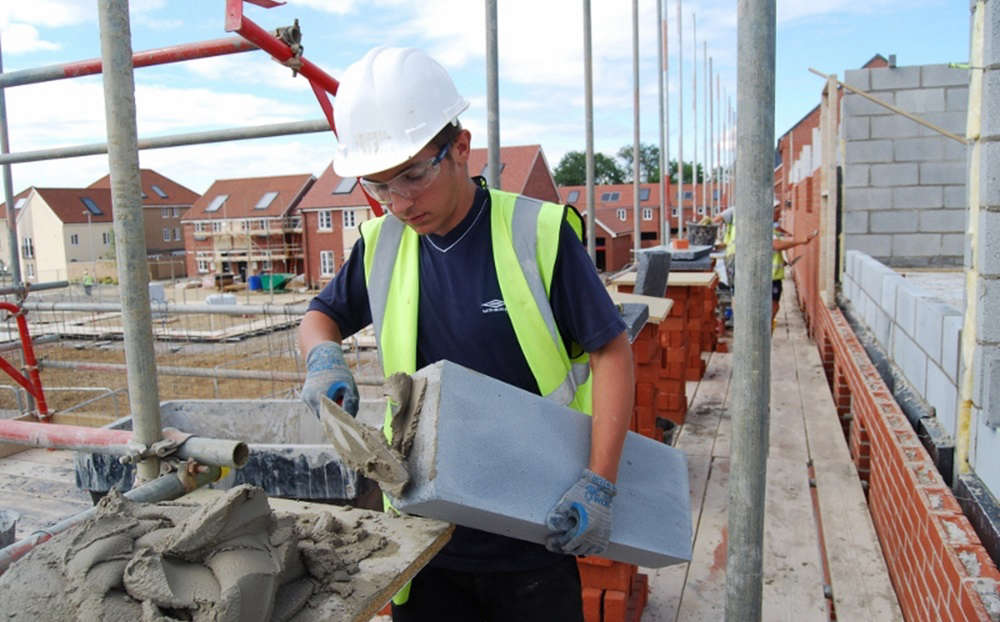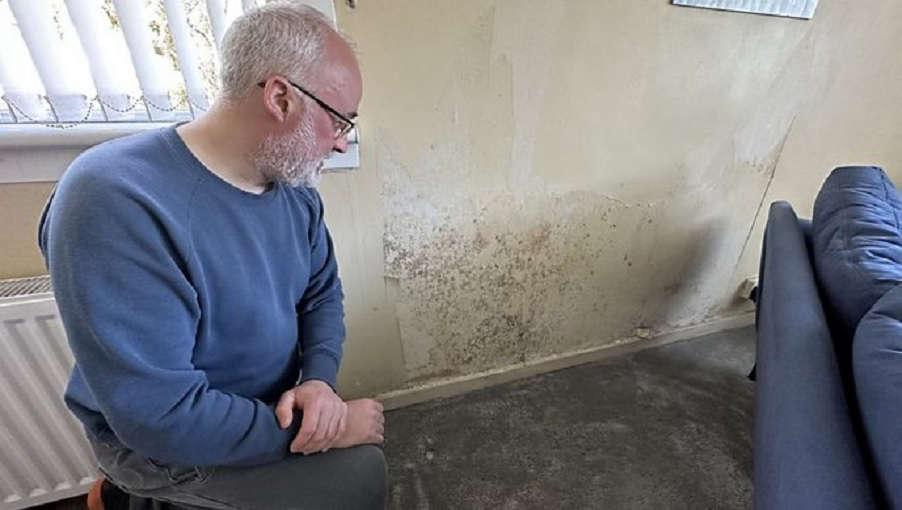

UK construction shows growth, but risks intensify
Posted: Monday, July 28th, 2025

The Construction Products Association’s Summer Forecasts show that the key drivers of cautious growth in UK construction remain similar to three months ago. Still, the economic risks and uncertainties have risen considerably. Total construction output is forecast to increase by 1.9% in 2025 and 3.7% in 2026, matching projections from Spring. The growth in construction activity in 2025 and 2026 is forecast to be driven by the three most significant sectors of construction: private housing new build, private housing repair, maintenance and improvement (RM&I) and infrastructure. Nevertheless, these sectors remain vulnerable to delays in starting new projects in the near term, homeowner and consumer confidence in spending, and risks around the government increasingly looking as though it will need to raise taxes once again, potentially cut back on its capital expenditure plans, or both. Private housing output is forecast to rise 4% in 2025 and 7% in 2026. Fortunes for firms in house building will depend heavily on which part of the sector they are operating in. Major house builders continue to see a gradual recovery in completions, from a low base. Smaller house builders have seen an improvement in demand, but site viability remains challenging, given the numerous costs the government continues to add to house builders. Build-to-Rent and high-rise continue to be affected by six–to nine-month delays at the Building Safety Regulator, which are not expected to be resolved during the forecast period. Whilst the government’s focus on supply-side measures such as the National Planning Policy Framework and the Planning and Infrastructure Bill may benefit towards the end of the forecast period and beyond, the demand side will be the key driver of activity in the near-term, balancing further interest rate cuts and improving confidence with continuing constraints around affordability. In private housing rm&i, activity continues to be supported by government-subsidised energy-efficiency programmes, predominantly for heat pumps and solar photovoltaics, as well as a stream of fire safety remediation work. Outside of this, general home improvement activity remains subdued. Although many homeowners currently have spare funds for general home improvements, they choose to save rather than spend due to the scarring effect of the inflation spikes in 2022 and 2023 and current economic uncertainty. The key to growth in the sector overall will be when these homeowners with finance feel confident enough to spend on home improvement projects. This is still expected to be in late 2025, but it may be pushed back into 2026, especially if there are tax rises in the Autumn. Overall, private housing rm&i output is expected to rise by 2.0% in 2025, with any growth at the backend of the year, followed by 3.0% growth in 2026.
Trending Stories
-
 Being a plumber, electrician and gardener is the best way to stop AI taking your job
Being a plumber, electrician and gardener is the best way to stop AI taking your job
If you want to avoid artificial intelligence taking over your job in the future, learn a trade
-
 Essex electrician has roundabout signs rejected
Essex electrician has roundabout signs rejected
A sparkie’s bid to sponsor signs on two roundabouts has been refused by planning chiefs who described them as “clutter”
-
 Barbie caused a ‘worldwide’ shortage of pink paint
Barbie caused a ‘worldwide’ shortage of pink paint
Barbie needed so much fluorescent pink paint that it caused a worldwide supply shortage for an entire company
-
 Builders find body of man murdered in the 1960s and buried in back garden
Builders find body of man murdered in the 1960s and buried in back garden
A woman who bought a South London house was left horrified after builders discovered the body of a man murdered in the 1960s and buried in her garden 14 months after she moved in
-
 'Government insulation scheme ruined my home'
'Government insulation scheme ruined my home'
A home-owner said his flat has been ruined by black mould caused by a government "green" insulation schem
Comments
Add a comment